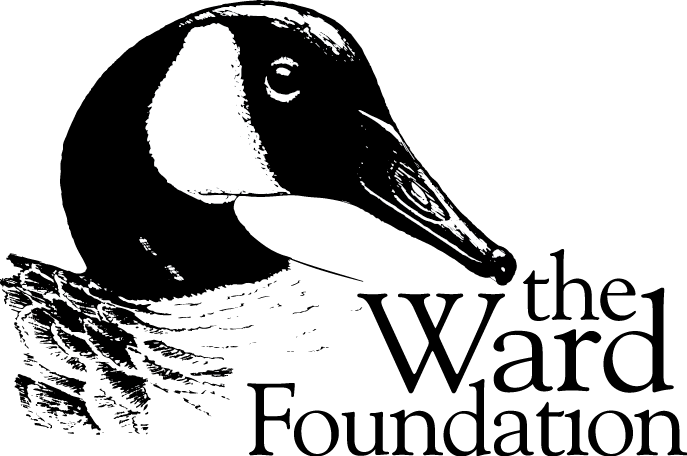Orel LeBoeuf worked as a lather for a construction company. When business slowed down in the fall, LeBoeuf took his hunting equipment to a nearby island and did not return until he had shot two or three hundred birds. At twelve years of age, LeBoeuf carved his first birds (Kangas, Survey 130). When he started to carve seriously, he made cedar lures for his own use. His own early decoys were heavy and solid with flat oval bottoms and external lead weights for use on the vast S10 Lawrence River. These birds lack the extensive, detailed carving that marks LeBoeuf s later works.
Over the years, LeBoeuf made constant improvements, relief carving feathers with a drawknife and incising individual quills with a penknife. He also detailed both the top and bottom sides of the bills. LeBoeuf painted each decoy, employing the same attention to detail involved in the carving process. He refused to buy paint until the pigments settled to the bottom. Afterwards, he poured off the linseed oil and added gasoline and turpentine to create an ultra flat finish. With the skin of a freshly killed bird stretched before him on a board, LeBoeuf mixed his paints and matched the tones to the feather and eye colorations. LeBoeufs pieces represent an advanced degree of artistry and practicality. On the average, a dozen of his decoys sold for $12 and never exceeded $36 (Fleming 73). LeBoeuf specialized in scaup and goldeneyes, but carved all other species as well. In addition to working decoys, he also produced full-bodied, life-size decoratives.
